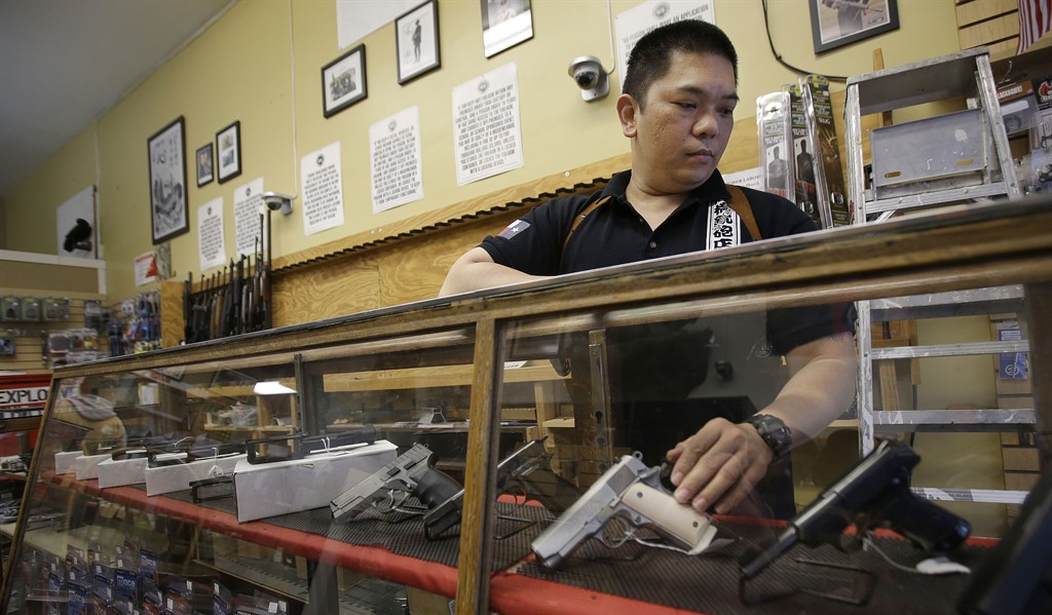In the world of political debate, you get an awful lot of numbers thrown at you, particularly with regard to gun statistics. People from all sides can and do quote a ton of numbers.
The thing is, when an anti-gunner gives you some statistic, those numbers are generally not lies.
No, lies are often more honest.
I’m not saying the anti-gunner you’re talking to is lying, mind you. What I’m saying is that statistics can be manipulated in various ways. A prime example of this came up in a story about Utah residents and their thoughts on gun control.
Mass shootings only account for a small percentage of the gun violence fatalities in the U.S., where 45,222 firearm-related deaths occurred in 2020, an average of about 124 every day.
But according to data assembled by The Violence Project, U.S. mass shootings, defined by the nonprofit group as single incidents resulting in four or more deaths, not including the shooter, are becoming increasingly deadly.
From 2017 to 2021, mass shooters killed 295 people, about a third more than the 221 fatalities in the five-year period that ended in 2016. And the most recent data shows the number of people injured was five times higher than in the previous five-year period.
Now, I’m not actually going to take issue with how The Violence Project defines mass shootings because it’s more in line with how most people count such things.
What’s interesting is the last paragraph, comparing two different five-year spans.
On the surface, that makes sense. A five-year span is a nice block we’re used to seeing, so nothing looks hinky there, and the numbers are what they are.
Yet we also need to note where the lines are drawn.
You see, 2017 was the same here the Las Vegas shooting happened. That day, 58 people were killed. Two more have died since due to their wounds, but I’m unsure if they’d be counted as 2017 deaths or not. If they are, then that’s 60 people killed in just one shooting.
That’s an anomaly.
Then you remember that’s also the year of Sutherland Springs as well as several smaller mass shootings and it’s easy to see how 2017 alone accounted for a huge chunk of those fatalities. Nearly 30 percent, actually, can be attributed to just Las Vegas and Sutherland Springs. Those are gun statistics you’re not going to see the media share in a case like this.
Now, 2022 isn’t over, of course, so we can’t know just how many deaths would be attributed to this particular year, but it seems unlikely that we’d reach that particular level of horror.
So when you see a dividing line of 2017 with regard to mass shootings, it’s hard not to question just why that particular year was chosen.
It’s like people saying that Islamic terrorism isn’t much of a threat because there haven’t been many deaths since 2001. I mean, sure, there haven’t been in the grand scheme of things, but 2001 is an interesting place to draw that line since that’s the year more than 3,000 people were killed in the 9/11 attacks.
Back to the mass shooting numbers, though, it’s important to remember that the numbers in question aren’t wrong. They’re not fabrications. They’re actual numbers based on objective criteria that most people will agree with.
They’re just presented in a way to make it look like everything’s getting worse when, in fact, the worst happened five years ago and hasn’t gotten close to that level since.
Like someone once said, you’ve got lies, damned lies, and statistics. I’d add, “then you’ve got gun statistics.”
When you see something like this, it makes sense to raise questions because sometimes, there’s a reason they draw the line as they do when it comes to gun statistics and a biased media.







Join the conversation as a VIP Member